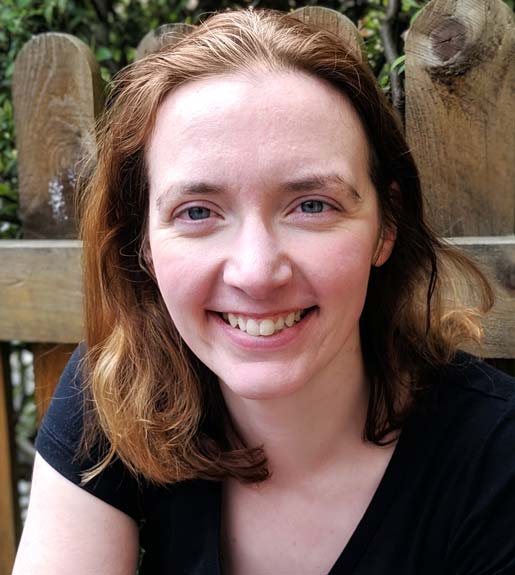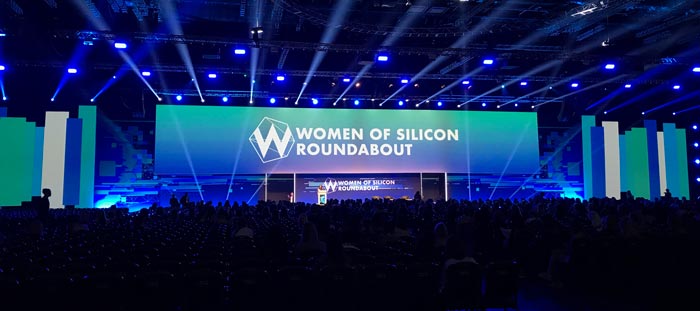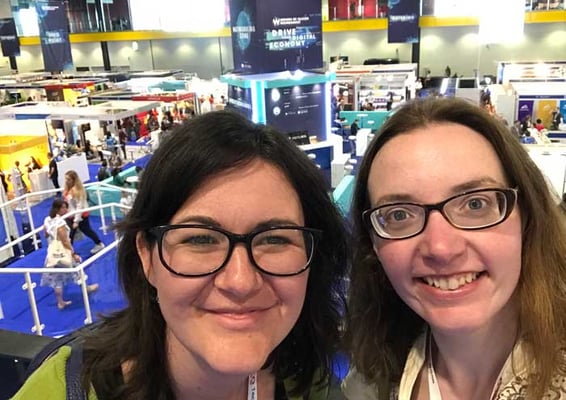Arts and Culture
Article
The Culturephiles
f4651c6f-0dcc-4c66-8820-ad2c32b6f0cc
4 min
https://edge.sitecorecloud.io/tessituraneab9a-tessiturane5642-staging-5396/media/Images/Discover-Images/Andrew-Blog/Guest-Bloggers/ConferenceBigScreen-768x465.jpg?h=465&iar=0&w=768
Natalie Threlfall writes about the life-saving importance of diversity and inclusion
Diversity, Inclusion, and Crash Test Dummies

Support and Extended Services Lead, Tessitura Network
Diversity, Inclusion, and Crash Test Dummies
7/17/2019
4 min
When a woman is involved in a car crash, she is 47% more likely to be seriously injured than a man.
Wait, what! Surely, that can’t be right, can it? Why?
Cars are designed and tested using crash-test dummies based on the “average” male. Women are shorter and lighter — which means they tend to sit closer to the steering wheel and are thrown with greater force. They also have less muscle in their neck and torso, which in turn means they are more vulnerable to injury. In short, cars are not designed to protect women. Car manufacturers don’t really know how women’s bodies will fare in a crash, because they haven’t tested it.
This is the gender data gap.
And the fact it exists is completely bonkers. Unbelievable, even. But it does.
This is brilliantly examined in “Invisible Women: Exposing Data Bias in a World Designed for Men” by Caroline Criado Perez, Penguin 2019.
A more prosaic example of a gender data gap is the room temperature at conferences like TLCC. Ask any new Tessitura staff member and they will tell you, your first logowear order is pretty exciting. I thought I’d be wearing my long sleeved jumpers (that’s sweaters to Americans) in London in November. But no, they are mostly worn in Orlando in August. You see, the standard office temperature was based on the metabolic rate of a resting 40-year-old man. Recent research shows this is five degrees too cold to be comfortable for women. Which is why, at conferences, the women are laden with sweaters and bags (don’t get me started on the lack of pockets…) whilst the men wander round in shirt sleeves.
Mad yet? Yeah, me too.
The way to change this situation is through increasing diversity. We need more diverse researchers, designers, legislators, retailers…everything, so these gaps are not allowed to open up.

I recently attended the “Women of Silicon Roundabout” Conference in London with my colleague, Chloë Shafto. The sessions were a swirling mix of future technology trends, personal development, and gender issues. I loved every minute of it. As I reflected on the speakers and content, it was clear the thread running through the whole conference was Diversity and Inclusion.
Many of the sessions focussed on how to increase diversity and the benefits that it brings to teams. Having a range of different points of view and life experiences increases the pool of knowledge in unexpected ways. Previously overlooked issues can be given attention and problems solved from alternative angles.

Maybe if more women had been involved in car design one of them might have said, “How safe is this car for me to drive?”.
There is no easy way to increase diversity. The solution needs to include education, recruitment, retention and offering more flexible and creative ways of working. If we can make our organisations diverse at all levels, we can make sure that our products and services are inclusive for everyone, of any gender, ethnicity, ability, sexuality, wealth, or any other grouping you can think of.
As arts and cultural organisations, we need to include ourselves in this. Almost every single organisation has a desire to increase engagement across society as a primary aim. But workforces in the arts are far from diverse, and the situation is not changing at all, as highlighted in Arts Council England’s 2017-18 Data Report “Equality, Diversity and the Creative Case”.
Take a step back and look at your organisation. Ask the awkward questions of your leaders and challenge them to make a change and implement a strategy to increase diversity.
Changing institutional culture is a huge, but not insurmountable, task.
So let’s start with a small first step — turn down the air con!
Andrew is on sabbatical. This is the eighth post in a series featuring guest writers from the Tessitura team.
Topics
Arts & Culture

Natalie Threlfall
Support and Extended Services Lead
Tessitura Network

How to be a good ancestor | Andrew Recinos
Arts & Culture
How a conversation with a genealogist changed how I talk with my family

Superpowers of Observation | Andrew Recinos
Arts & Culture / Museums
How a clever museum exec looked up from the numbers and saw the story of the solution.